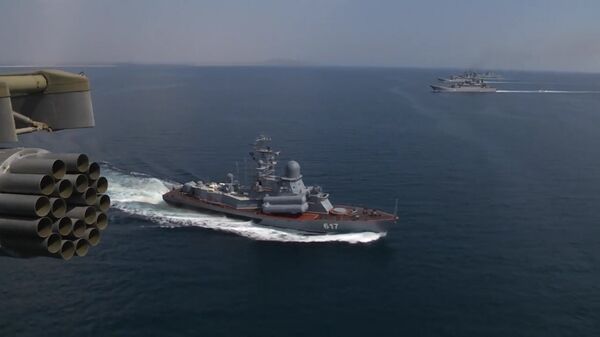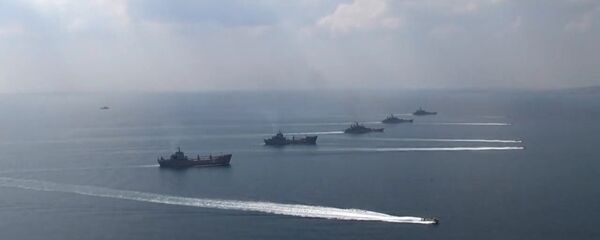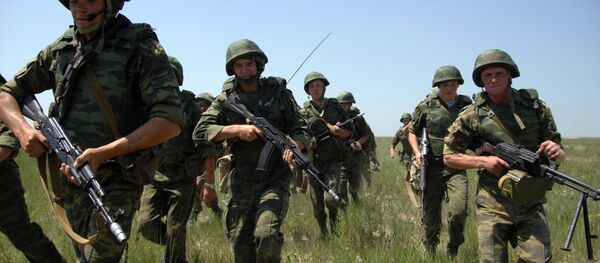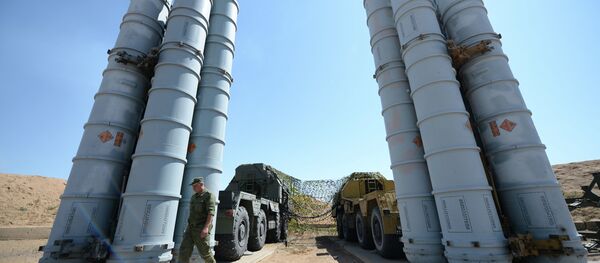The Boeing P-8 Poseidon is meant for anti-submarine warfare, anti-surface warfare, shipping interdiction and electronic signals intelligence. The aircraft were deployed to the region in August.
Two days prior to the incident, on September 5, the Kavkaz 2016 drills kicked off in the Black Sea. Analyst Oleg Moskvin pointed out that four Project 636 Varshavyanka diesel-electric submarines assigned to Russia's Black Sea Fleet are taking part in the exercise. They were the main target of the P-8s, he suggested in an opinion piece for the Vzglyad business daily.
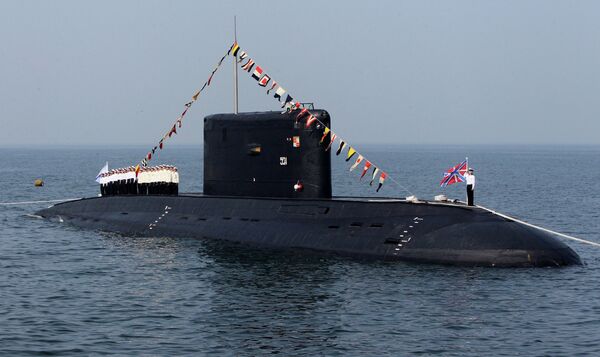
The Varshavyanka has been designed to perform anti-shipping and anti-submarine missions in relatively shallow waters.
"Apparently, US spy planes were interested in these submarines," Moskvin noted.
If so, there was no need to send them, since the Russian Defense Ministry invited military attaches from 60 countries and approximately 100 foreign reporters to observe the final stage of the massive drills.
Defense analyst Vadim Kozyulin said that the incident was part of an age-old practice popular during the Cold War. "Sadly, this practice with all its negative aspects, including such incidents, has seen a comeback," he told Vzglyad.
Kozyulin suggested that Russia and the US should adopt a similar approach.
"Russia and the US should probably launch negotiations to ease tensions and tone down the rhetoric," he said.
